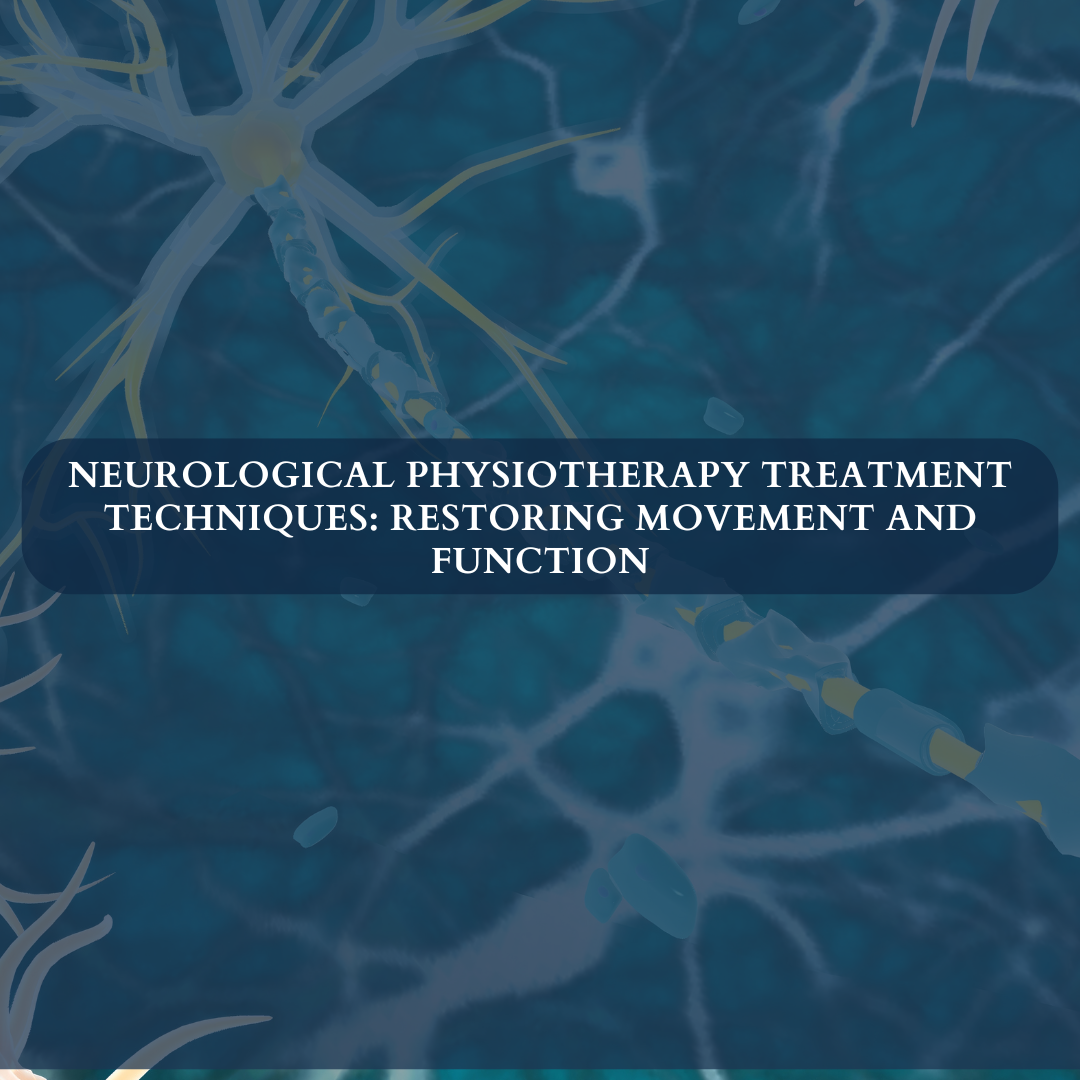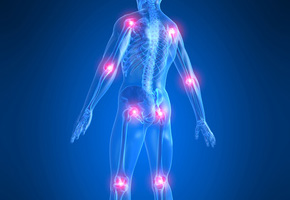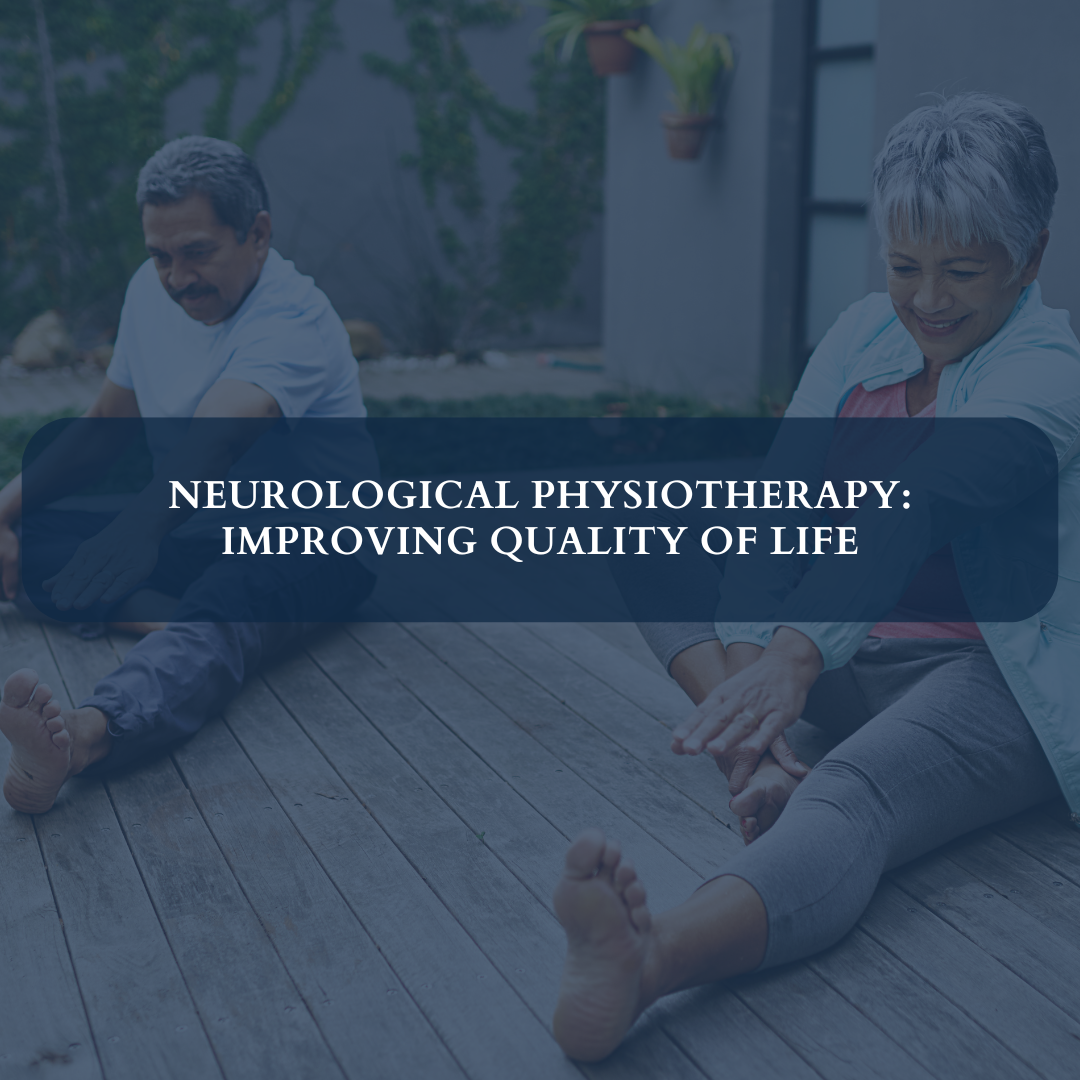Neurological physiotherapy is a specialized form of physical therapy that focuses on helping individuals with neurological conditions regain or improve their movement and function. This type of therapy is essential for individuals with conditions such as stroke, multiple sclerosis, Parkinson’s disease, spinal cord injuries, and brain injuries. In this article, we will explore some of the most common and effective neurological physiotherapy treatment techniques.
Understanding Neurological Physiotherapy
Neurological physiotherapy aims to optimize an individual’s ability to move, function, and participate in life by developing new movement patterns and strategies. It focuses on:
- Improving mobility: Helping patients regain or improve their ability to move independently.
- Enhancing balance and coordination: Training the body to maintain stability and control movements.
- Reducing spasticity: Managing muscle stiffness and tightness.
- Managing pain: Addressing pain associated with neurological conditions.
- Preventing secondary complications: Minimizing the risk of pressure sores, contractures, and other complications.
Common Neurological Physiotherapy Techniques
- Bobath Concept: This approach focuses on inhibiting abnormal muscle tone and facilitating normal movement patterns. It involves handling techniques to promote correct posture and movement.
- Proprioceptive Neuromuscular Facilitation (PNF): PNF uses diagonal patterns of movement to improve strength, coordination, and balance. It involves techniques like stretching, resistance exercises, and sensory stimulation.
- Neurodevelopmental Treatment (NDT): NDT emphasizes the importance of handling and positioning to influence the nervous system and promote normal movement. Therapists use specific handling techniques to facilitate desired movements.
- Brunnstrom Approach: This approach focuses on utilizing reflexes and synergy patterns to initiate movement. It involves exercises to promote muscle activation and coordination.
- Constraint-Induced Movement Therapy (CIMT): CIMT involves restraining the unaffected limb to force the use of the affected limb, promoting neuroplasticity and improving function.
- Functional Electrical Stimulation (FES): FES uses electrical impulses to stimulate muscles, helping with movement and preventing muscle atrophy.
- Balance Training: Exercises designed to improve balance, coordination, and stability, reducing the risk of falls.
- Gait Training: Practice walking with assistive devices or without, focusing on improving gait pattern and endurance.
- Task-Specific Training: Rehearsing everyday activities to improve functional skills and independence.
- Spasticity Management: Techniques like stretching, positioning, and medication to reduce muscle stiffness and improve function.
The Role of Neuroplasticity in Neurological Physiotherapy
Neuroplasticity is the brain’s ability to reorganize itself and form new neural connections. Neurological physiotherapy harnesses this ability by providing repetitive, challenging, and meaningful activities to stimulate the brain and promote recovery.
Importance of Patient and Family Education
In addition to physical therapy, educating patients and their families about the condition, management strategies, and home exercise programs is crucial. This empowers individuals to take an active role in their rehabilitation and improve their quality of life.
Also Read
Unlocking Your Brain’s Potential: The Power of Neurological Physiotherapy
Conclusion
Neurological physiotherapy is a vital component of rehabilitation for individuals with neurological conditions. It offers hope and the potential for significant improvements in function and independence. By combining various techniques and focusing on patient-centered care, therapists can help individuals achieve their rehabilitation goals.
Ready to explore your options for chiropractic and physiotherapy? Contact SwastyaPhysio today to schedule a consultation and discover the best path to your wellness journey. We’re here to support your health every step of the way.
Banaswadi | HBR layout | Kalyan Nagar | Kammanahalli | Horamavu | Hennur






